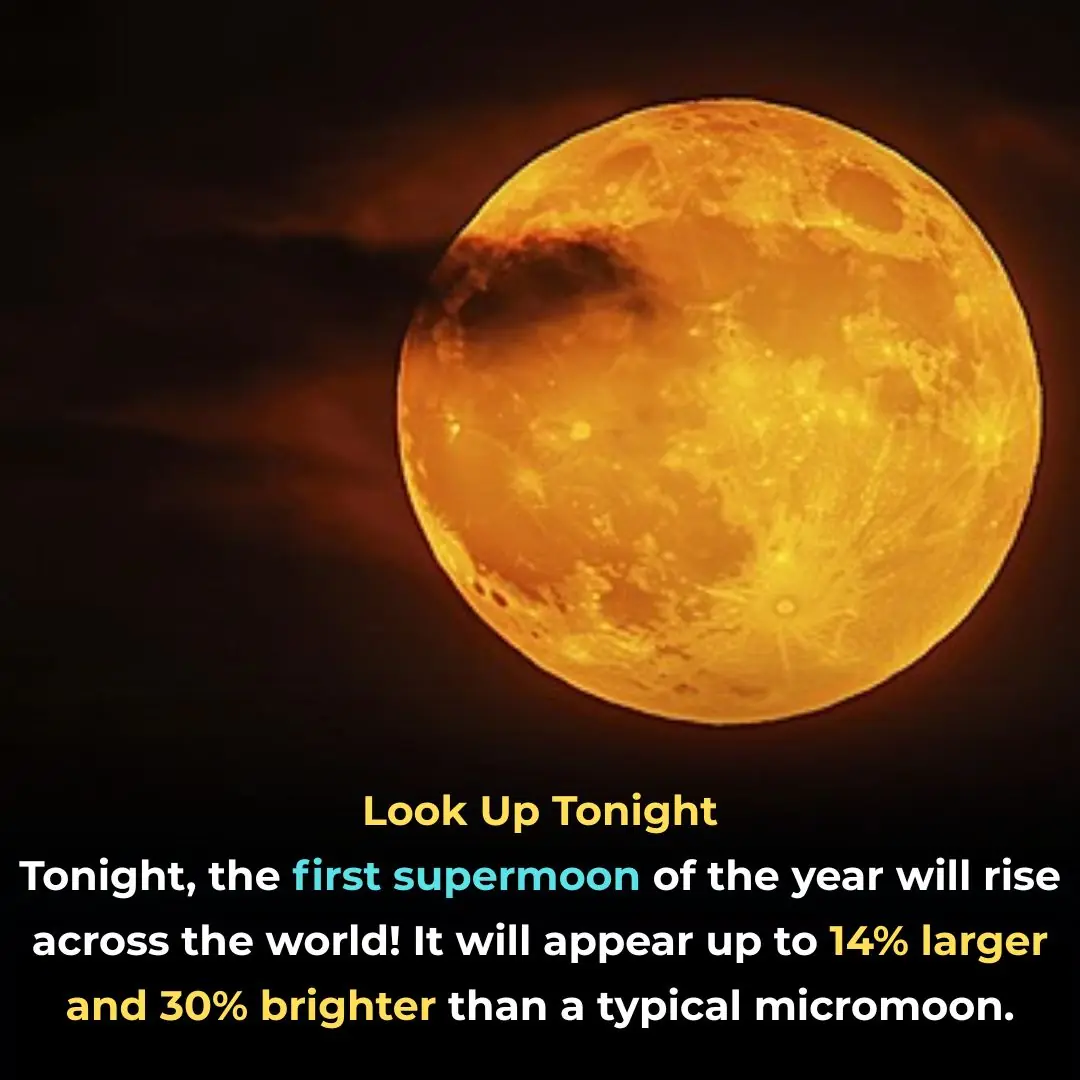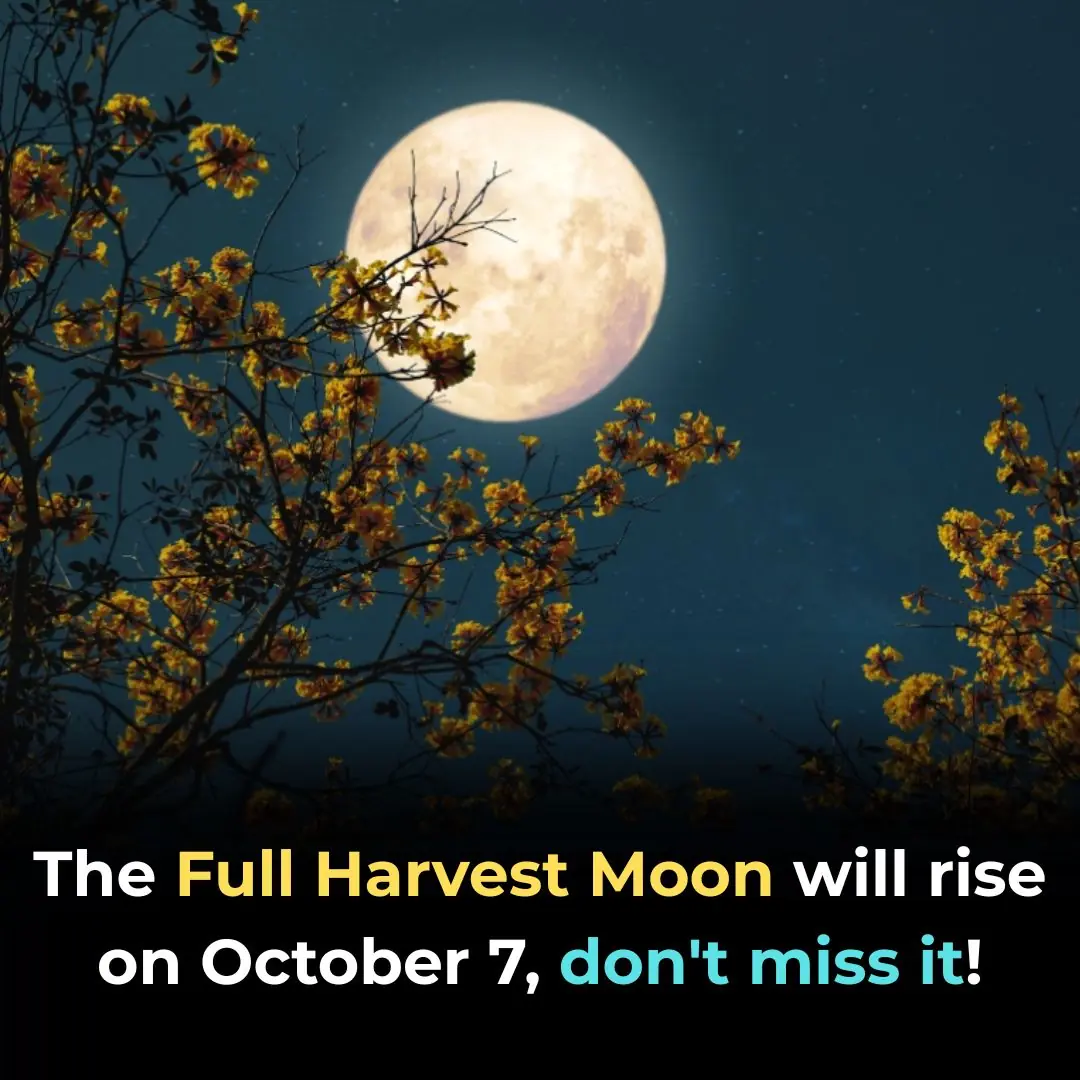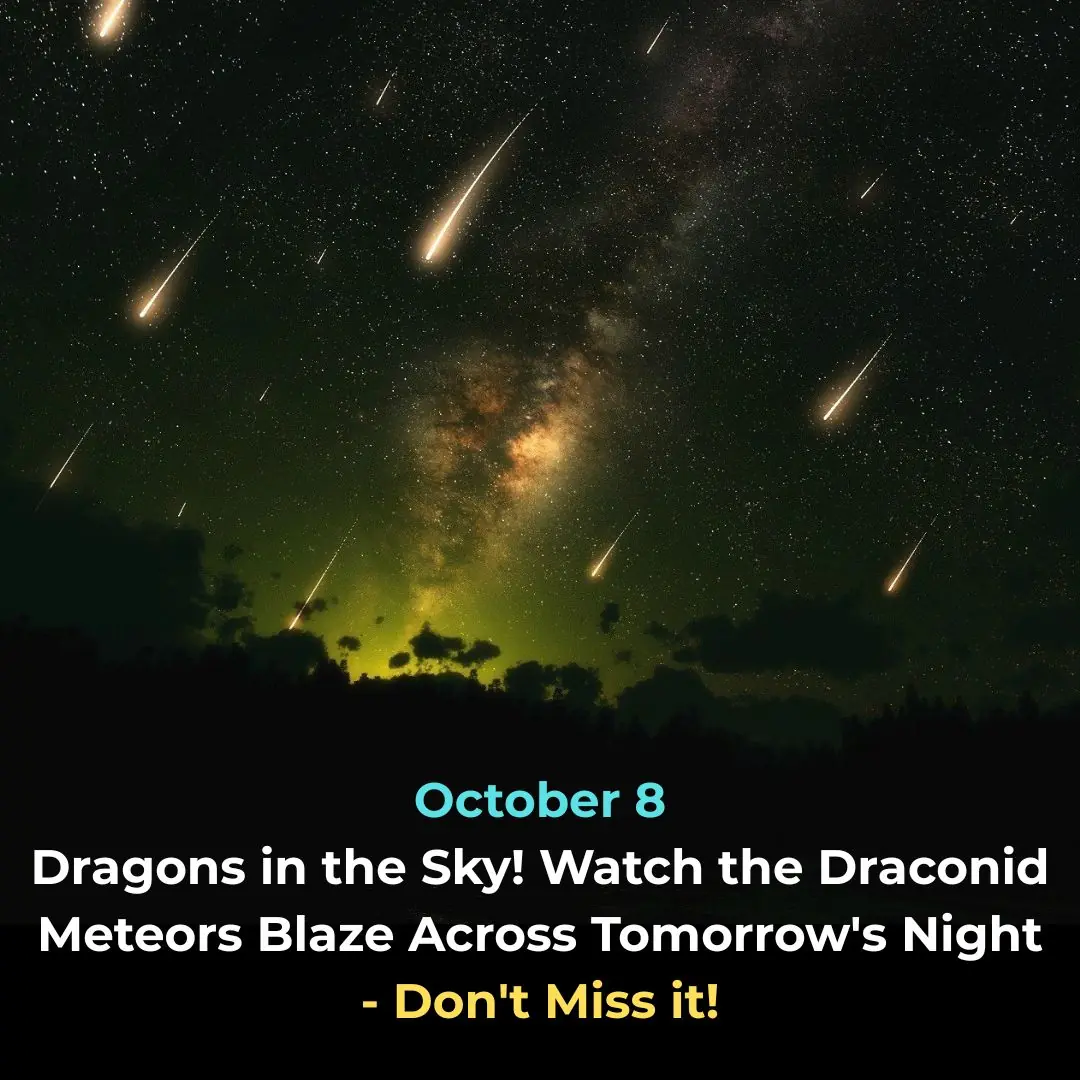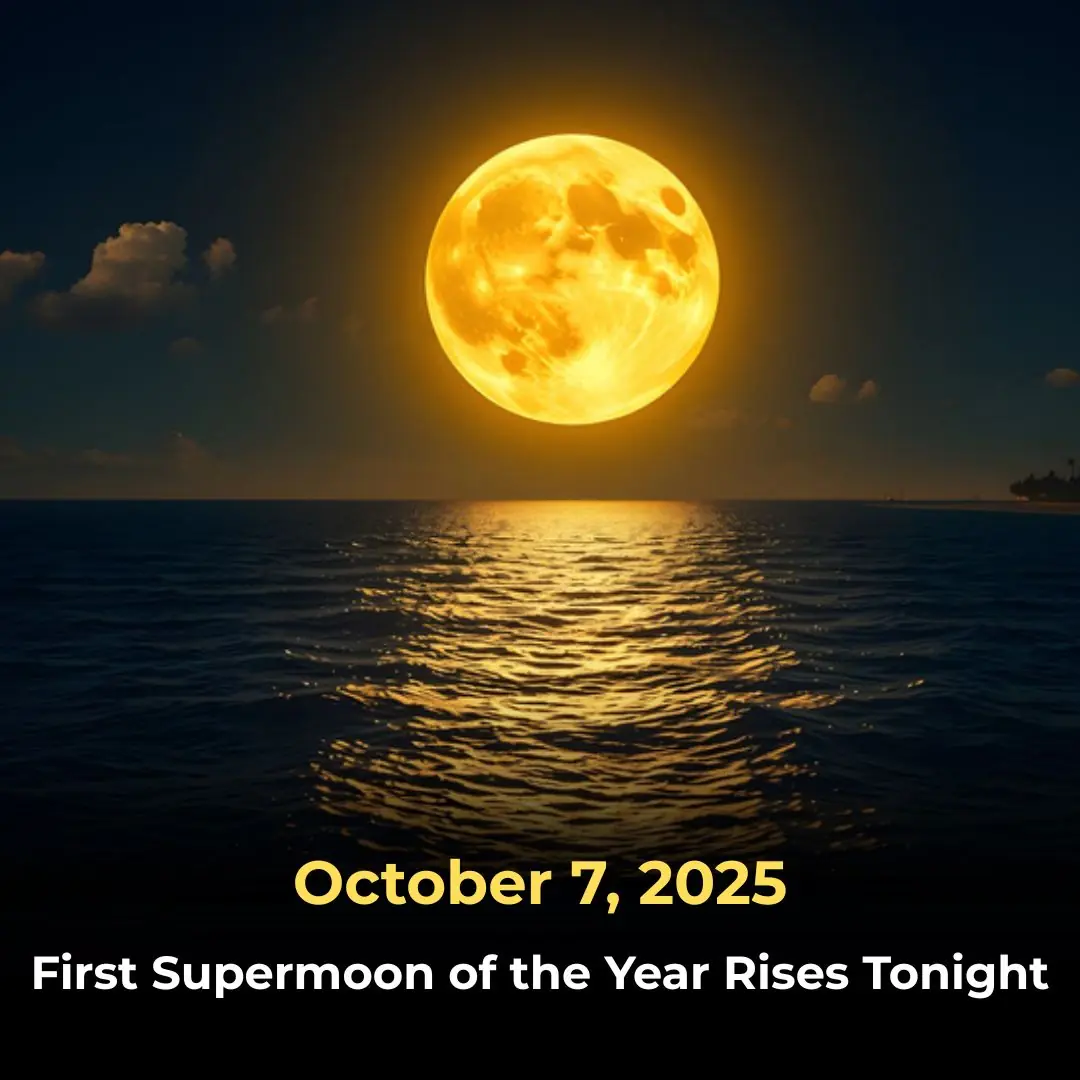
Spectacular Aries Supermoon and Ice Halo: A Cosmic Marvel Over Alaska
On October 19, 2024, the night sky over Alaska was graced with a breathtaking astronomical event—the Aries Supermoon, accompanied by a stunning ice halo. This rare celestial spectacle captivated skywatchers, photographers, and astronomy enthusiasts alike, providing a mesmerizing display of nature’s grandeur and cosmic beauty. In this article, we will delve into the significance of the supermoon, uncover the science behind moon halos, and share helpful tips to fully experience these awe-inspiring celestial wonders during your own stargazing adventures.
What is a Supermoon?
A supermoon occurs when a full moon coincides with the moon’s closest approach to Earth in its elliptical orbit, a point called perigee. At perigee, the moon is closer to Earth than usual, which makes it appear noticeably larger and brighter in the night sky. This optical illusion often inspires wonder and draws attention from skywatchers around the world.
The Aries Supermoon, specifically, is the full moon that appears when the moon is in the astrological sign of Aries. This association adds an extra layer of meaning, as Aries is traditionally linked with new beginnings, courage, and assertiveness. Thus, the Aries Supermoon symbolizes both a visual spectacle and a powerful moment for setting intentions and embracing energetic renewal.
The Science Behind Moon Halos
The stunning ice halo that surrounded the Aries Supermoon is a fascinating atmospheric phenomenon. Moon halos form when moonlight passes through tiny ice crystals suspended in high-altitude cirrus or cirrostratus clouds. As the light refracts—or bends—through these hexagonal ice crystals, it creates a circular ring or halo around the moon.
These halos can sometimes display subtle rainbow-like colors due to the dispersion of light, similar to what happens in a prism or a rainbow. The presence of such a halo indicates moisture and ice particles in the upper atmosphere and often precedes changes in weather.
The ethereal glow of the ice halo during the Aries Supermoon added an otherworldly ambiance to the night sky. It enchanted those who witnessed it and provided photographers with a rare opportunity to capture a truly magical moment, blending celestial mechanics and atmospheric artistry.
Tips for Viewing Future Celestial Events
If you missed the Aries Supermoon, don’t worry—there will be many more opportunities to marvel at the night sky. Here are some tips to enhance your experience during future lunar and celestial events:
-
Choose the Right Location: To fully appreciate the moon’s brilliance, find a dark spot away from artificial lights. Parks, countryside, and elevated areas such as hills or rooftops can offer breathtaking views with minimal light pollution.
-
Monitor the Weather: Clear skies are a must for stargazing and moon watching. Check weather forecasts in advance to ensure optimal viewing conditions, paying close attention to cloud cover and humidity levels.
-
Bring the Right Gear: A camera with manual settings or a DSLR paired with a tripod will help you capture sharp images of the moon and any halos. Binoculars or a small telescope can also enhance your experience, revealing lunar details not visible to the naked eye.
-
Time Your Viewing: The moments around moonrise and moonset often present the most dramatic and colorful skies. Arriving early allows you to set up equipment and enjoy the transition of colors and shadows as the moon climbs or descends.
-
Learn About Moon Phases: Understanding the lunar cycle will help you anticipate supermoons, eclipses, and other fascinating events. Many astronomy apps and websites provide calendars and alerts for upcoming phenomena.
Conclusion
The Aries Supermoon on October 19, 2024, paired with a delicate and beautiful ice halo, was a spectacular reminder of the marvels that unfold above us each night. These celestial events not only highlight the dynamic interactions between Earth, the moon, and our atmosphere but also inspire a profound connection to the universe.
As we look forward to future lunar events and cosmic occurrences, let us continue to embrace the wonder and inspiration that comes from gazing upward. Whether you are a seasoned astronomer or a casual observer, the night sky offers endless opportunities to explore, reflect, and marvel at the vastness and beauty of the cosmos.
News in the same category


BREAKING NEWS 🚨 Due To This Hunter’s Moon Earth Will Be Completely…See More

BREAKING NEWS 🚨 Due To This Draconid Meteor Shower Earth Will Be Badly Effected Because…..See More

BREAKING NEWS 🚨 Due To This Hunter’s Moon Earth Will Be Completely…See More

Almost 30,000,000 Apple and Samsung users could claim part of huge £480,000,000 payout

Xbox users all say same thing following GameStop's decision to keep Xbox Gamepass at $19.99

Apple just added a new app to iPhone with iOS 26 and most people have no idea

Creators of ChatGPT reveal 44 jobs at highest risk of being taken over by AI in future

Why do many men prefer older women?

A Terrifying Visit: Traveller Walks Inside the Dangerous City of La Rinconada

Pick your wing to reveal who your guardian angel is

Little Button on Your Seat Belt

How the sandstone pillars of Monument Valley were actually formed

20+ Iceland Photos You Won’t Believe Are From This Planet

The 14 Most Beautiful Peaks of the Himalayas

Visiting Finland in Winter: Top 23 Winter Activities in Finland

NASA Finds Perfectly Rectangular Iceberg In Antarctica As If It Was Deliberately Cut

This Bird Looks Like A Fluffy Little Dragon

What To Photograph In Saguaro National Park
News Post

Ginger, Soursop, Sorrel, and Turmeric – The Miracle Drink

Kyllinga brevifolia (Rottb): Benefits and How to Use It

Purslane: The Superfood That Tastes Better Than Meat – 7 Reasons to Grow It in Your Garden

Papaya releases a milky sap, but most people don’t realize how important it is

Discover The Miraculous Benefits of Moringa

Bryophyllum Calycinum (Kalanchoe Pinnata): Benefits and Uses

How to Quickly Get Rid of Bed Bugs, Cockroaches, Fruit Flies, and Other Insects Using Natural Ingredients

Fig Leaves: Surprising Benefits and Uses

BREAKING NEWS 🚨 Due To This Hunter’s Moon Earth Will Be Completely…See More

BREAKING NEWS 🚨 Due To This Hunter’s Moon Earth Will Be Completely…See More

BREAKING NEWS 🚨 Due To This Draconid Meteor Shower Earth Will Be Badly Effected Because…..See More

BREAKING NEWS 🚨 Due To This Hunter’s Moon Earth Will Be Completely…See More

Almost 30,000,000 Apple and Samsung users could claim part of huge £480,000,000 payout

Xbox users all say same thing following GameStop's decision to keep Xbox Gamepass at $19.99

Apple just added a new app to iPhone with iOS 26 and most people have no idea

Creators of ChatGPT reveal 44 jobs at highest risk of being taken over by AI in future

Lard vs. Cooking Oil: Which Is Better? Many People Still Misunderstand This Issue

Miraculous: Placing an Orange Beside Your Bed Can Surprisingly Improve Your Health

If You See Someone With Prominent Blue Veins, You Definitely Need to Tell Them This—It Could Save Their Life
